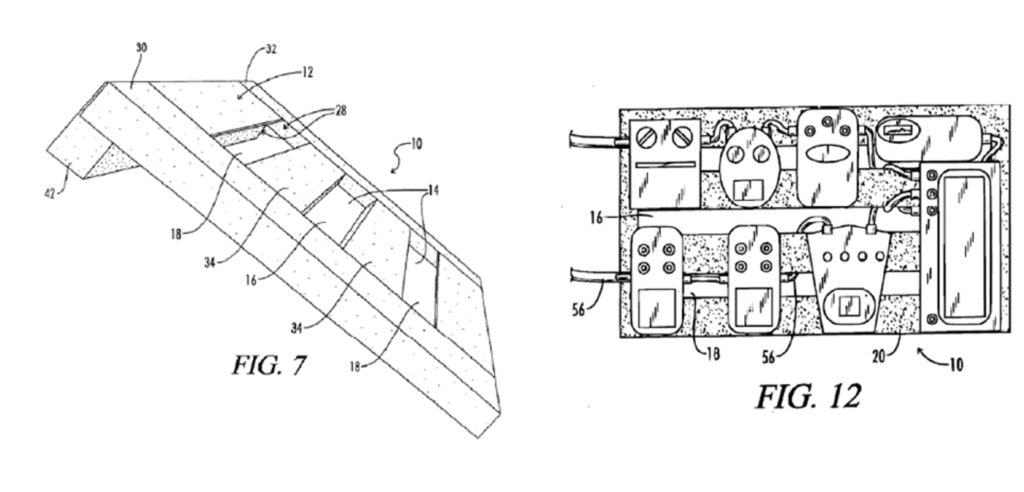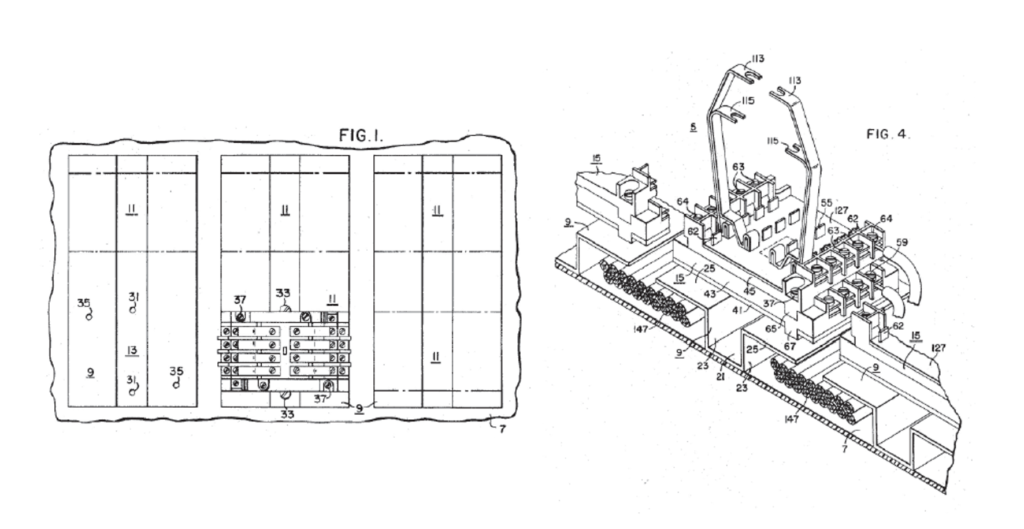The US Court of Appeals for the Federal Circuit found that in view of the Supreme Court of the United States’ 2019 decision in Thryv v. Click-to-Call, the Patent Trial and Appeal Board’s threshold determination that a patent qualifies for covered business method (CBM) review is closely tied to the institution decision and is therefore not appealable. SIPCO, LLC v. Emerson Electric Co., Case No. 18-1635 (Fed. Cir. Nov. 17, 2020) (Chen, J.)
SIPCO owns a patent directed to a communication device that uses a two-step communications path, where a remote device first communicates through a low-power wireless connection to an intermediate node, which in turn connects to a central location. Emerson filed a CBM petition arguing that the claims were obvious over the prior art. The Board instituted a CBM review and issued a final written decision finding the challenged claims obvious over the prior art. SIPCO appealed.
SIPCO argued that the Board overstepped its authority to institute a CBM review because the patent was directed to a “technological invention” and was statutorily excluded from CBM review. The Federal Circuit initially found that the Board’s threshold analysis was flawed because it focused solely on the second portion of the “technological invention” definition set forth in 37 CFR § 42.301(b). The Court vacated the Board’s decision and remanded for it to consider both parts of the definition, and to reconsider whether the patent qualified for CBM review (IP Update, Vol. 22, No. 20).
Emerson filed a petition for a writ of certiorari in the Supreme Court, arguing that the Board’s decision to institute a CBM review is not appealable under the “no appeal” provision of 35 USC § 324(e). The Supreme Court granted the petition, vacated the Federal Circuit opinion and remanded for further consideration in light of the Supreme Court’s decision in Thryv, which found that the one-year time bar for instituting an inter partes review is bound up with the decision to institute and therefore is not appealable under a similar “no appeal” provision.
On remand, the Federal Circuit found that Thryv made clear that the Board’s threshold determination as to whether a patent qualifies for CBM review is a decision that is non-appealable. Availability of the CBM review process is conditioned on whether the patent qualifies for CBM review, and patents that are directed to “technological inventions” are excluded from CBM review. The Court concluded that the determination of whether a patent qualifies for CBM review is inextricably tied to the decision to institute and is thus not appealable. Turning to the merits, the Court found the Board’s claim construction correct and its obviousness determination supported by substantial evidence.
Practice Note: In a footnote, the Federal Circuit recognized that Thryv implicitly abrogated the Court’s prior practice of reviewing whether the Board’s institution determination breached the limits of the Board’s authority.
read more

 Subscribe
Subscribe




